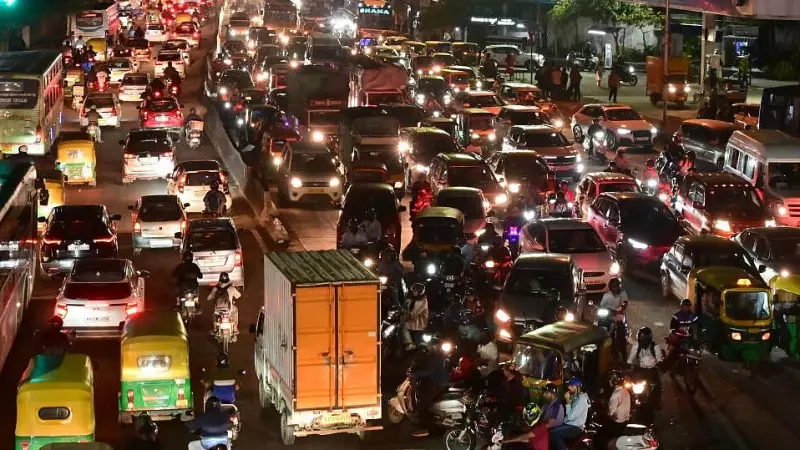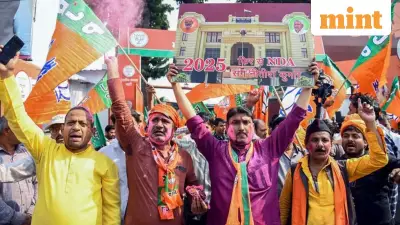
Bengaluru's notorious traffic congestion has reached a critical point where temporary fixes and isolated solutions are no longer sufficient. The city urgently requires a comprehensive, unified mobility plan centered around robust public transportation infrastructure.
The Parking Problem Band-Aid
Current approaches to Bengaluru's traffic woes have primarily focused on addressing parking issues in isolation. Piecemeal solutions such as creating additional parking spaces or regulating existing ones have proven inadequate in tackling the root causes of the city's transportation crisis. These temporary measures fail to account for the interconnected nature of urban mobility challenges.
The fundamental issue lies in the disproportionate growth of private vehicles compared to the expansion of public transit options. As more residents opt for personal transportation, the city's road infrastructure becomes increasingly overwhelmed, leading to the chronic congestion that has become synonymous with Bengaluru's identity.
Public Transport as the Core Solution
A unified mobility strategy must place public transportation at its center, creating an integrated network that makes shared transit the most convenient option for commuters. This approach requires synchronizing various modes of transportation, including metro services, buses, suburban rail, and last-mile connectivity solutions.
The strategy should prioritize seamless connectivity between different transit modes, ensuring that commuters can easily switch between metro, bus, and other public transportation options without significant delays or inconvenience. This integrated approach would reduce reliance on private vehicles and decrease overall traffic volume.
Beyond Transportation Infrastructure
Addressing Bengaluru's mobility crisis extends beyond just improving transportation options. The city needs comprehensive urban planning that considers land use patterns, workplace locations, and residential development. Mixed-use development that reduces the need for long-distance commuting could significantly alleviate traffic pressure.
Additionally, promoting non-motorized transport through dedicated cycling lanes and pedestrian-friendly infrastructure would complement public transportation initiatives. These measures would create a more sustainable urban ecosystem while improving public health and environmental quality.
The urgency for action cannot be overstated. With each passing day of delay, Bengaluru's traffic situation becomes more entrenched and difficult to resolve. The city needs immediate commitment to a long-term vision that prioritizes sustainable mobility over quick fixes that merely shift problems from one area to another.





